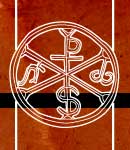
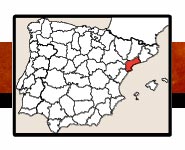

 |
 |
||
 |
|||
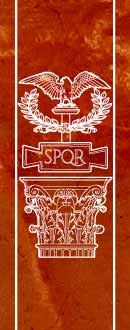 |
(40)/R-TE/TARR-Tarra2-40.jpg) |
-55/BOOK-cort-40.jpg) |
 |
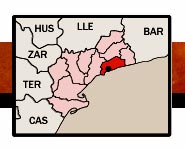 |
||
 |
|||
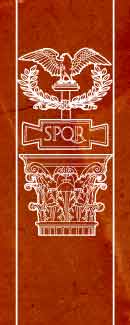 |
ACCESO A TARRACOACCESOEl anfiteatro se ubica junto al mar; mientras, murallas, foro y circo se ubican en el sector entre el Passeig de Sant Antoni, la Rambla Vella y la Via de L'Imperi Romà. En los alrededores de Tarragona podemos encontrar el acueducto (junto a la carretera de Valls). ACCESO PARA MINUSVÁLIDOSAcceso no factible para silla de ruedas si quieres acercarte mucho; pero son visitables todos. |
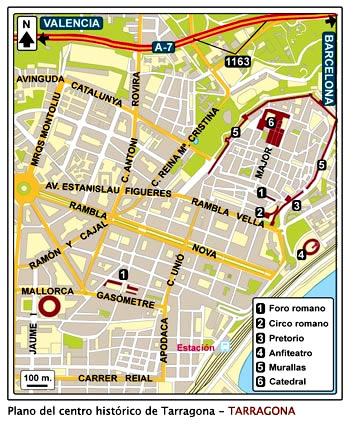 |
ACCESS TO TARRAGONALOCATIONThe amphitheater is located near of the sea; while, walls, forum and circus are located in the area between Passeig of San Antoni, the Rambla Vella and Via de L'Imperi Romà. In the surroundings of Tarragona we can find the aqueduct (next to the road of Valls). ACCESS FOR THE HANDICAPPEDYou can visit all the monuments but in some monuments is difficult to get a lot closer. |
||||
 |
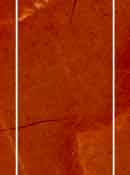 |
|||||||||||||||
| TARRAGONÉS | TARRAGONA (Ciudad) | ||||||||||||||
Septiembre de 2017 |
ALT CAMP | TIERRAS DEL EBRO | |||||||||||||
(INFO PRÁCTICA) |
|||||||||||||||
WEB DESARROLLADA POR EXPERTOS EN ARQUEOLOGÍA Y TURISMO - WEB DEVELOPED BY ARCHAEOLOGY & TOURIST EXPERTS |
|||||||||||||||